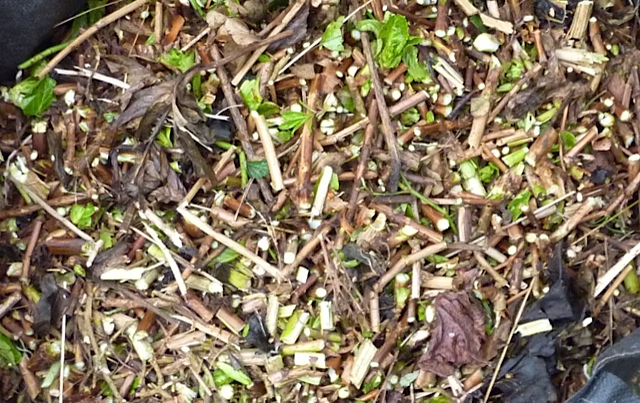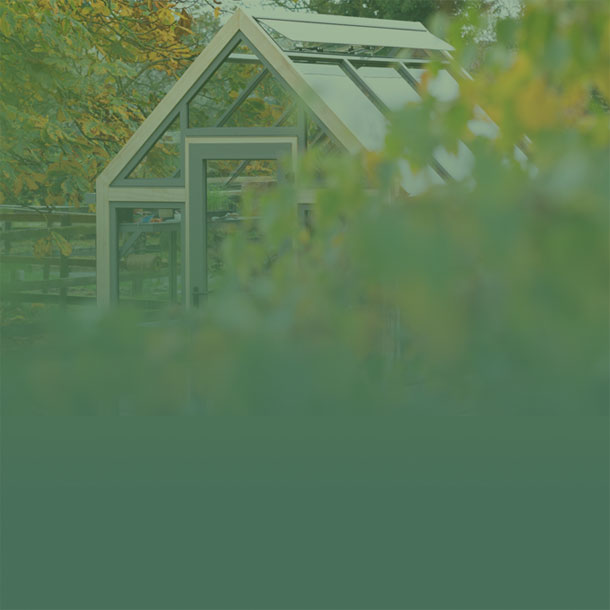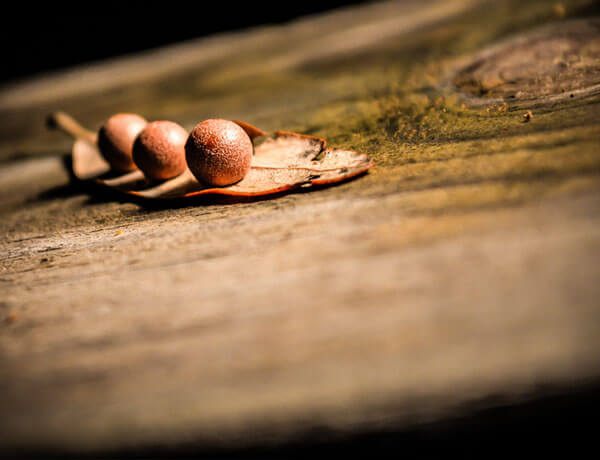-
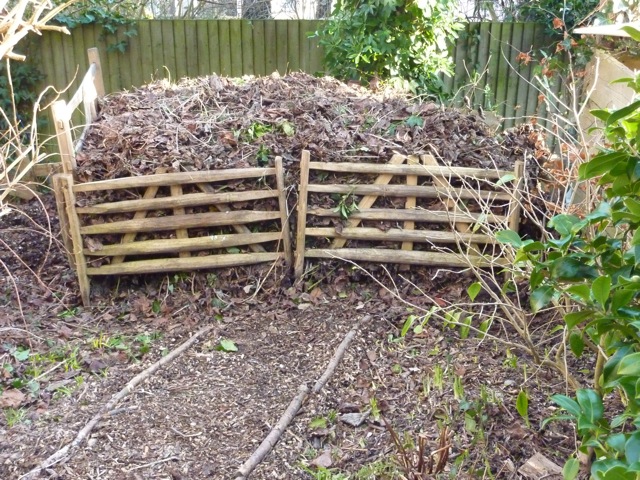
How to make Compost
The Science Bit
A compost heap works using aerobic decomposition. In other words, oxygen is needed for the process to take place. This is why mixing ingredients of different textures and turning the compost heap is so important. It stops the contents settling down into a solid mass. When oxygen is present decomposition produces heat, which is why an active compost heap can get very warm. If your compost heap is cold it is an indication that it’s time to turn it and introduce more air. Of course, left to their own devices, the contents will eventually rot down but in the absence of heat any lurking weed seeds will survive.
Compost Bins
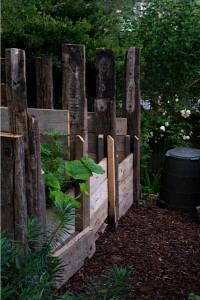 Ideally there will be space in your garden for at least three bins of a minimum of 1 metre square.The larger the bin, the more efficient the process. The reason for three bins is to have one that you are adding material to, one that is full and completing the composting process and a third with compost which is ready for use. This is the most efficient way to make compost and ensures that you have a continuing supply. Once you have emptied the bin of the ready-to-use compost, you can turn the contents of the full bin into it, revealing more ready to use compost at the bottom of that heap. If you have sufficient energy left, turning the contents of the remaining bin into the recently emptied one will give it a welcome oxygen boost.
Ideally there will be space in your garden for at least three bins of a minimum of 1 metre square.The larger the bin, the more efficient the process. The reason for three bins is to have one that you are adding material to, one that is full and completing the composting process and a third with compost which is ready for use. This is the most efficient way to make compost and ensures that you have a continuing supply. Once you have emptied the bin of the ready-to-use compost, you can turn the contents of the full bin into it, revealing more ready to use compost at the bottom of that heap. If you have sufficient energy left, turning the contents of the remaining bin into the recently emptied one will give it a welcome oxygen boost.If there isn’t space in your garden for this ideal arrangement, there are plenty of more compact composters commercially available and providing you follow the rules of what to put in them they will make perfectly good compost. (commercial compost bin) There are several different systems and which you choose is a matter of preference – just bear in mind that, as with other things in life, if you put garbage in you will get garbage out.
Siting your Compost Bins
Siting your compost bins needs consideration.
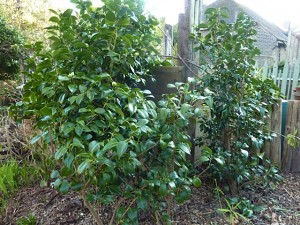 In general they are not the most attractive feature of the garden, but it is a mistake to hide them away somewhere inaccessible because you just won’t use them. It is better to conceal them behind something decorative (I’ve planted a camellia hedge around mine) and be able to reach them easily. A position in partial shade is ideal.
In general they are not the most attractive feature of the garden, but it is a mistake to hide them away somewhere inaccessible because you just won’t use them. It is better to conceal them behind something decorative (I’ve planted a camellia hedge around mine) and be able to reach them easily. A position in partial shade is ideal.What to Compost
So what should you put in your compost heap – and in what proportions? The basic rule is half green matter and half dry matter – in other words 50% nitrogen and 50% carbon.
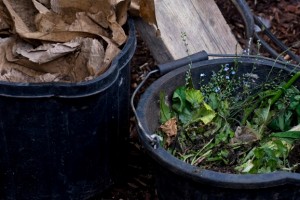 Too much green matter and the contents will matt together, excluding air and decomposing anaerobically (in other words without oxygen) which is not what you want. An example of this is when lawn mowings are put onto a heap in a large mass – they quickly become slimy and smelly, but mix them with straw, shredded newspaper or other dry matter and the results are friable and sweet smelling. Conversely, too much dry matter and your compost won’t heat up and composting will slow.
Too much green matter and the contents will matt together, excluding air and decomposing anaerobically (in other words without oxygen) which is not what you want. An example of this is when lawn mowings are put onto a heap in a large mass – they quickly become slimy and smelly, but mix them with straw, shredded newspaper or other dry matter and the results are friable and sweet smelling. Conversely, too much dry matter and your compost won’t heat up and composting will slow.What Not to Compost
There are a couple of other important rules when it comes to composting. Never add cooked food as it will attract vermin. And don’t add autumn leaves or woody prunings unless you can shred them first as they take a long time to rot down.
Shredding Ingredients
Shredding is a good way to make compost quickly. By shredding and then mixing green and dry ingredients there is a far larger surface area with more oxygen spaces to speed up the whole process.
Covering Compost Heaps
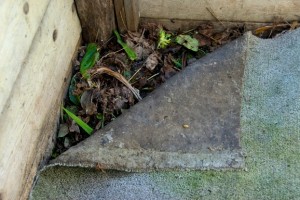 It is also a good idea to keep your heap covered to stop the heat escaping and prevent it getting too wet. The cover can be as simple as a carpet offcut. Ready-to-use compost should be bagged up or kept covered to prevent the nutrients leaching away.
It is also a good idea to keep your heap covered to stop the heat escaping and prevent it getting too wet. The cover can be as simple as a carpet offcut. Ready-to-use compost should be bagged up or kept covered to prevent the nutrients leaching away.

